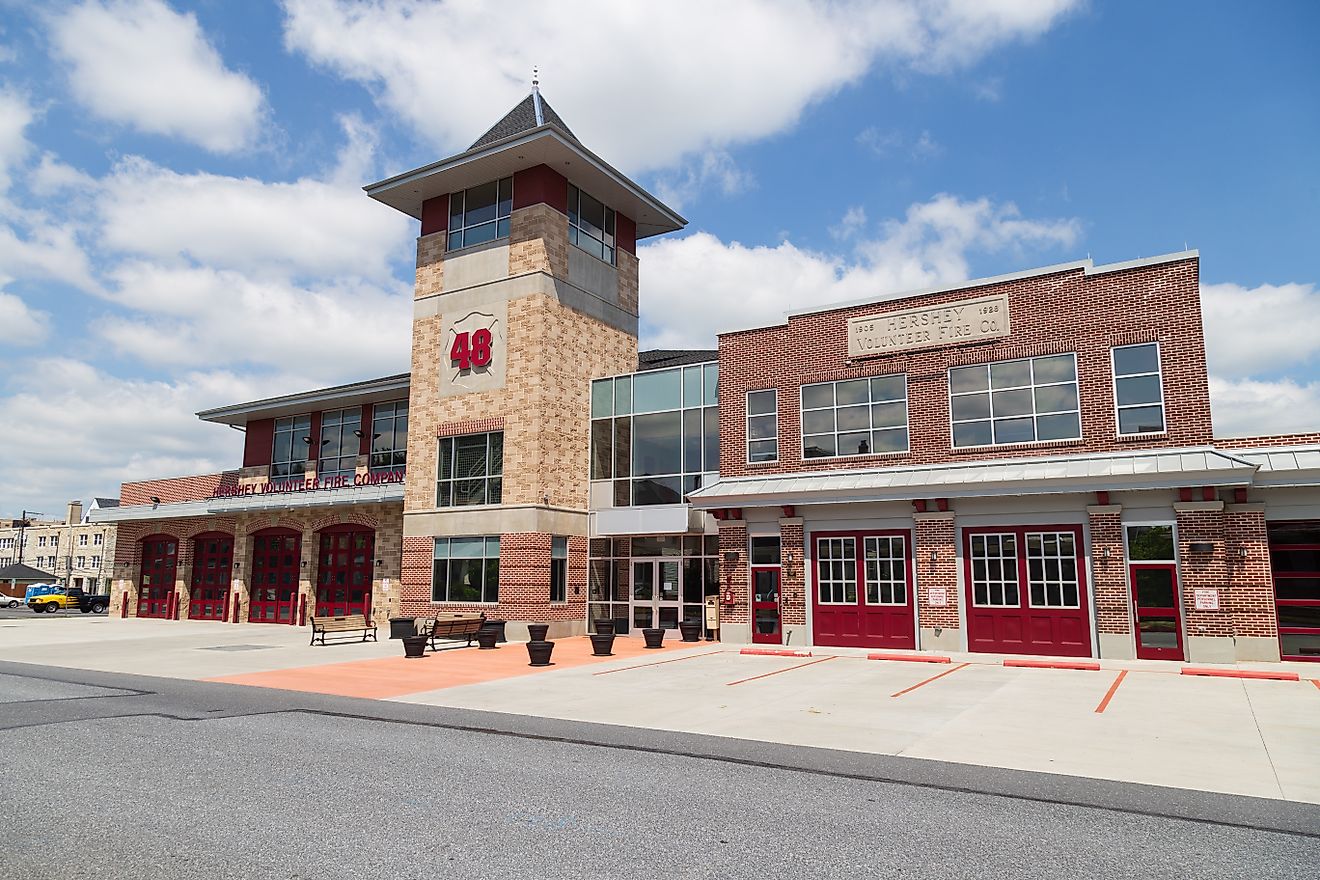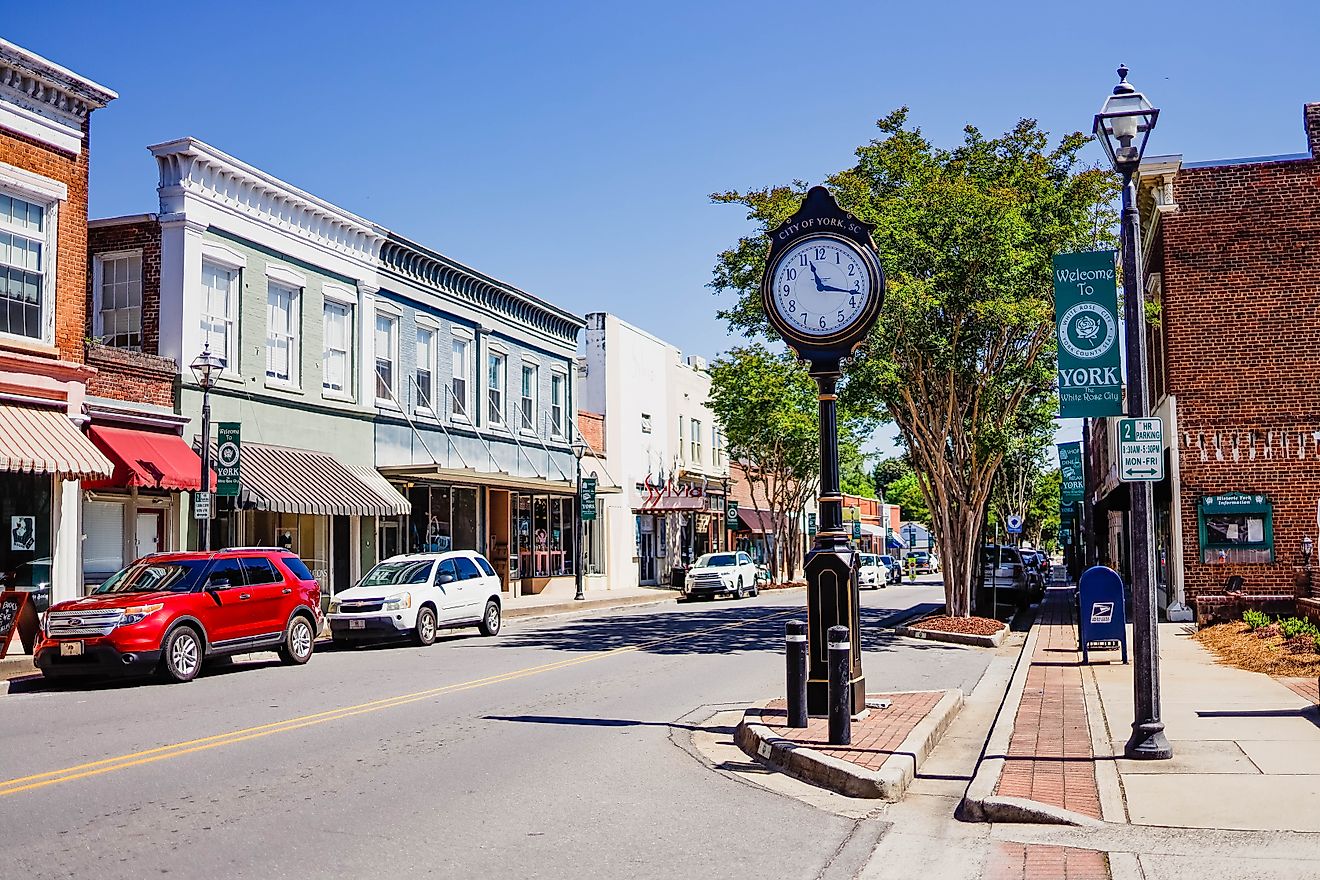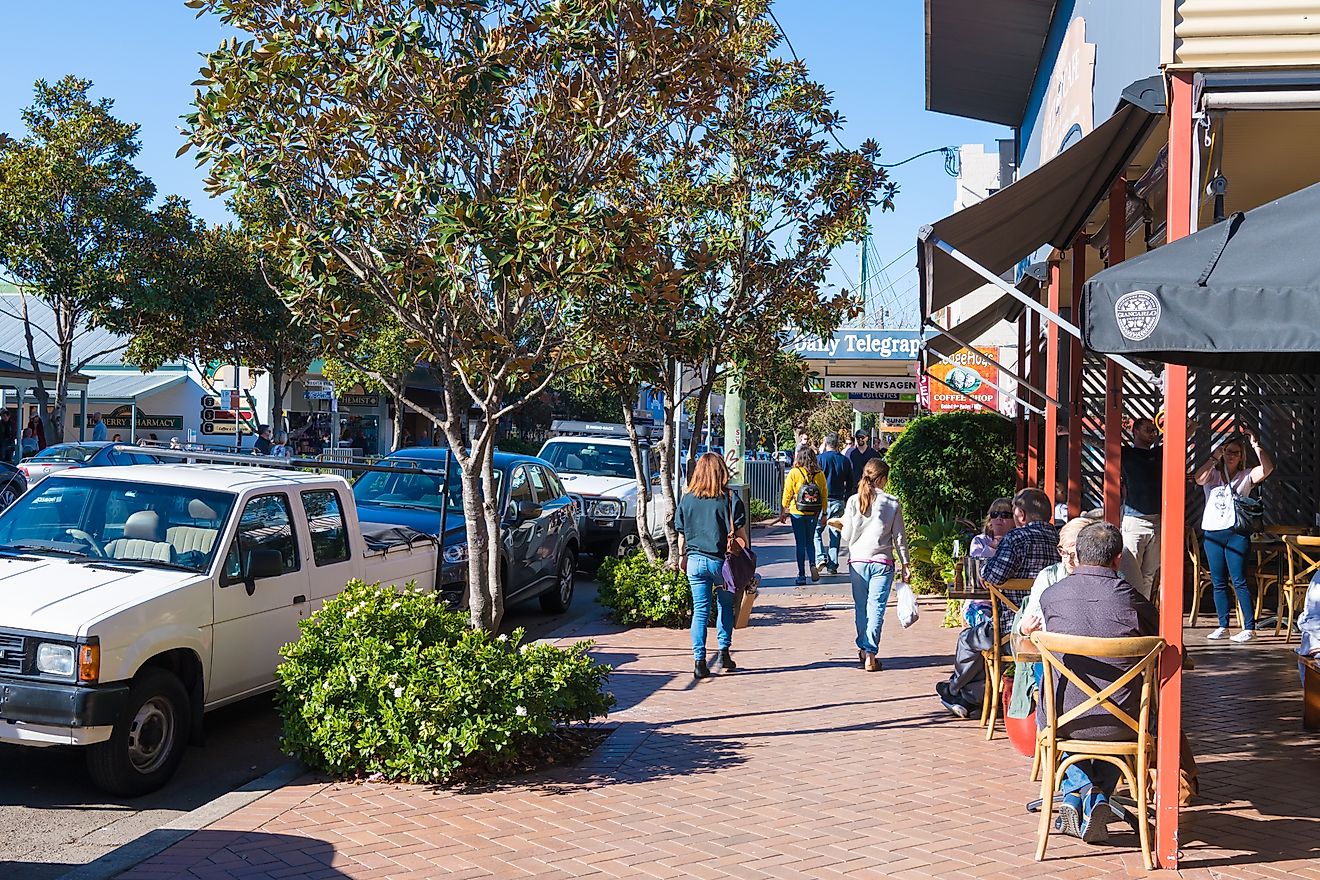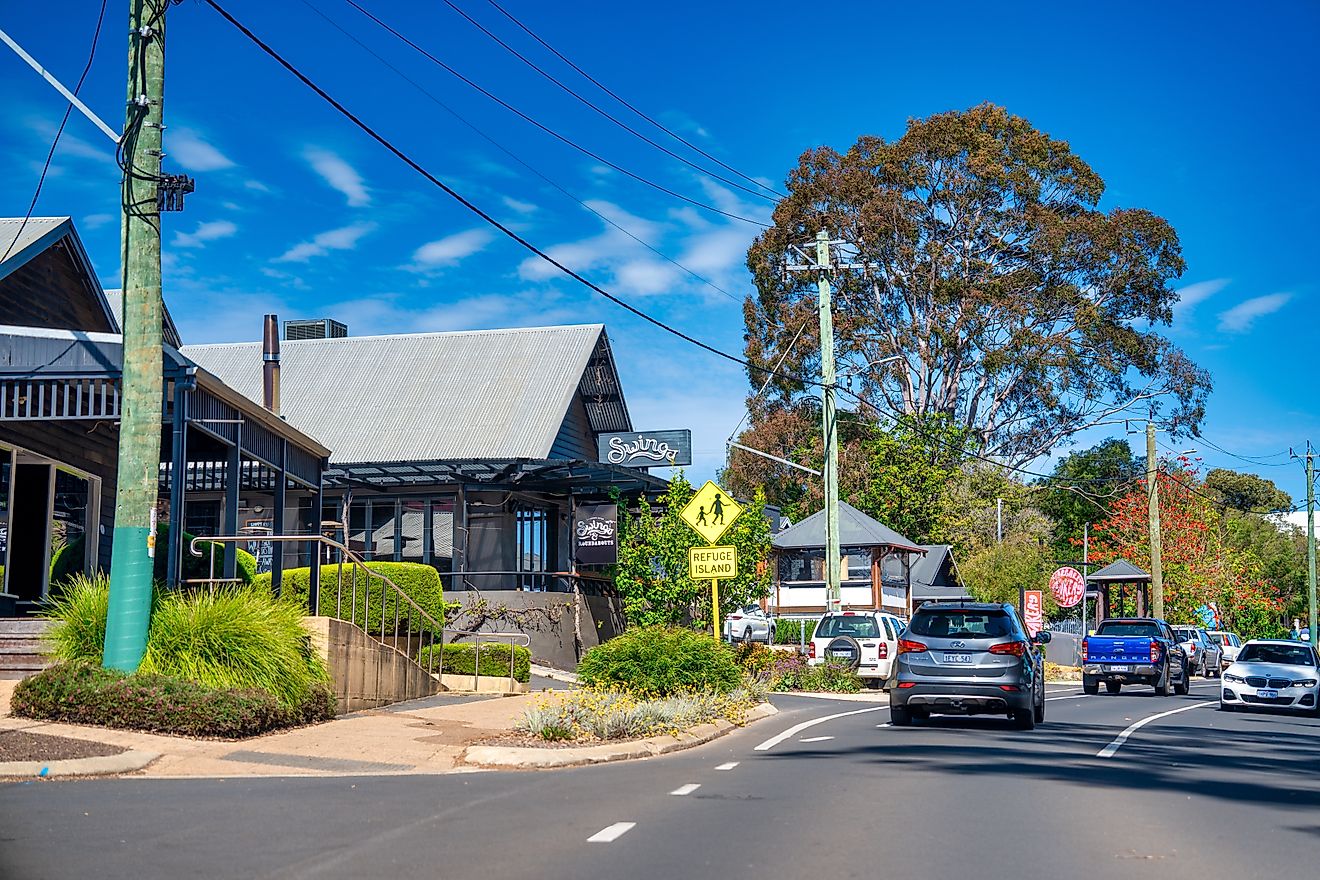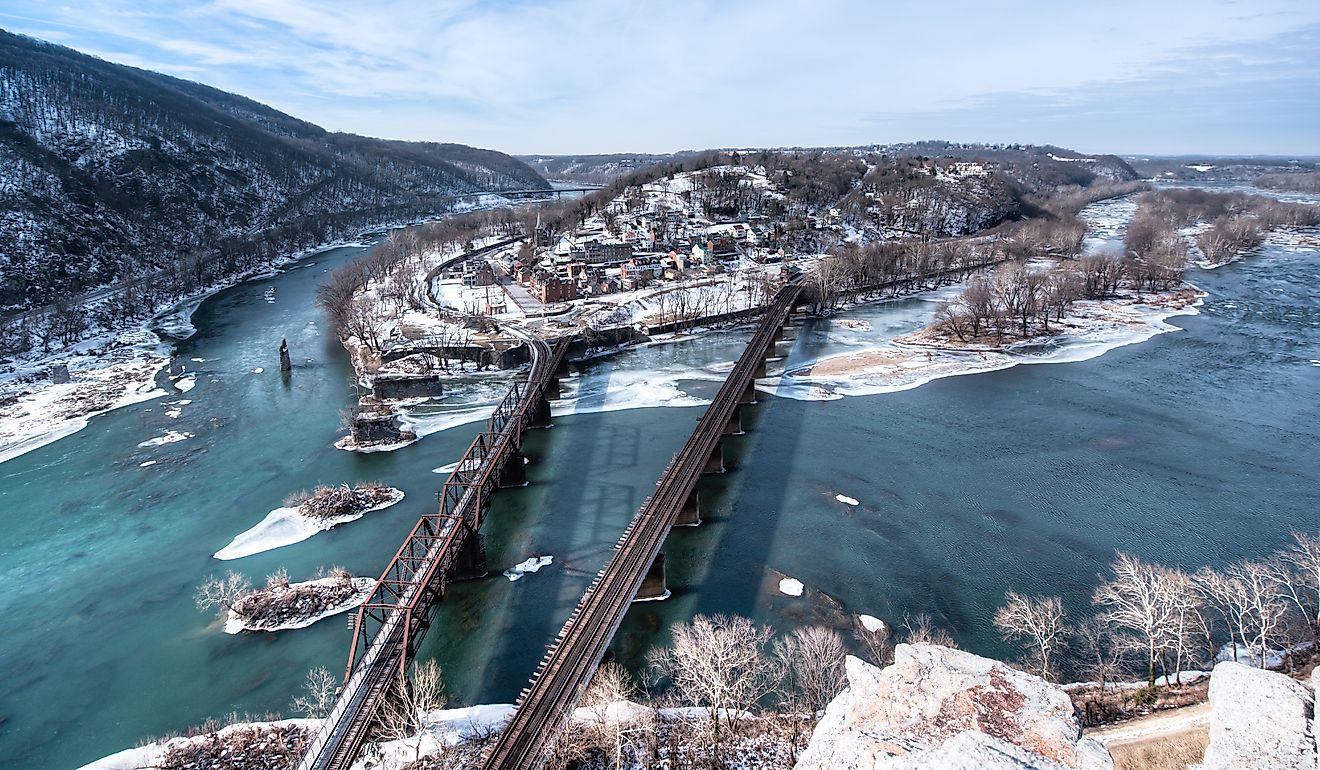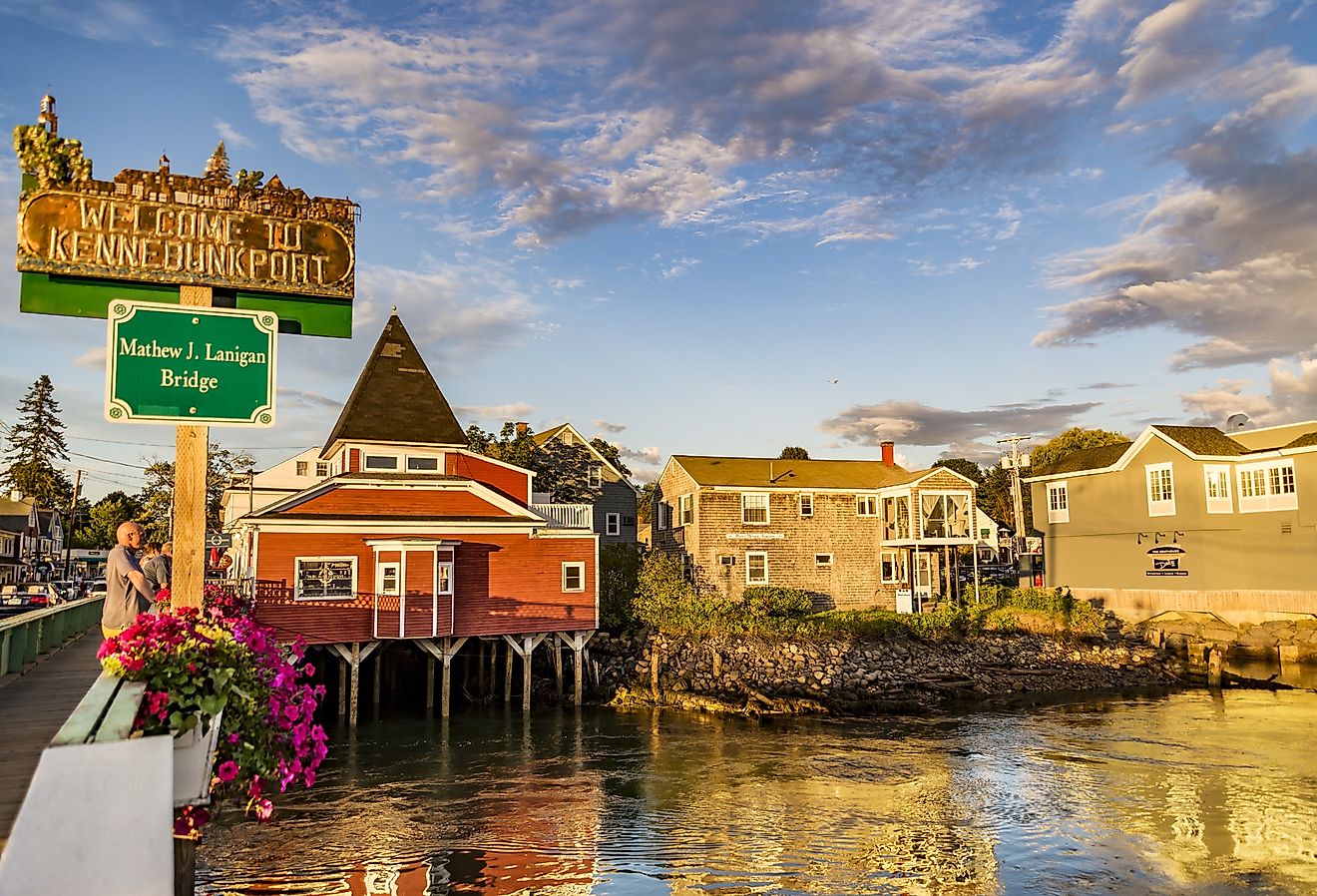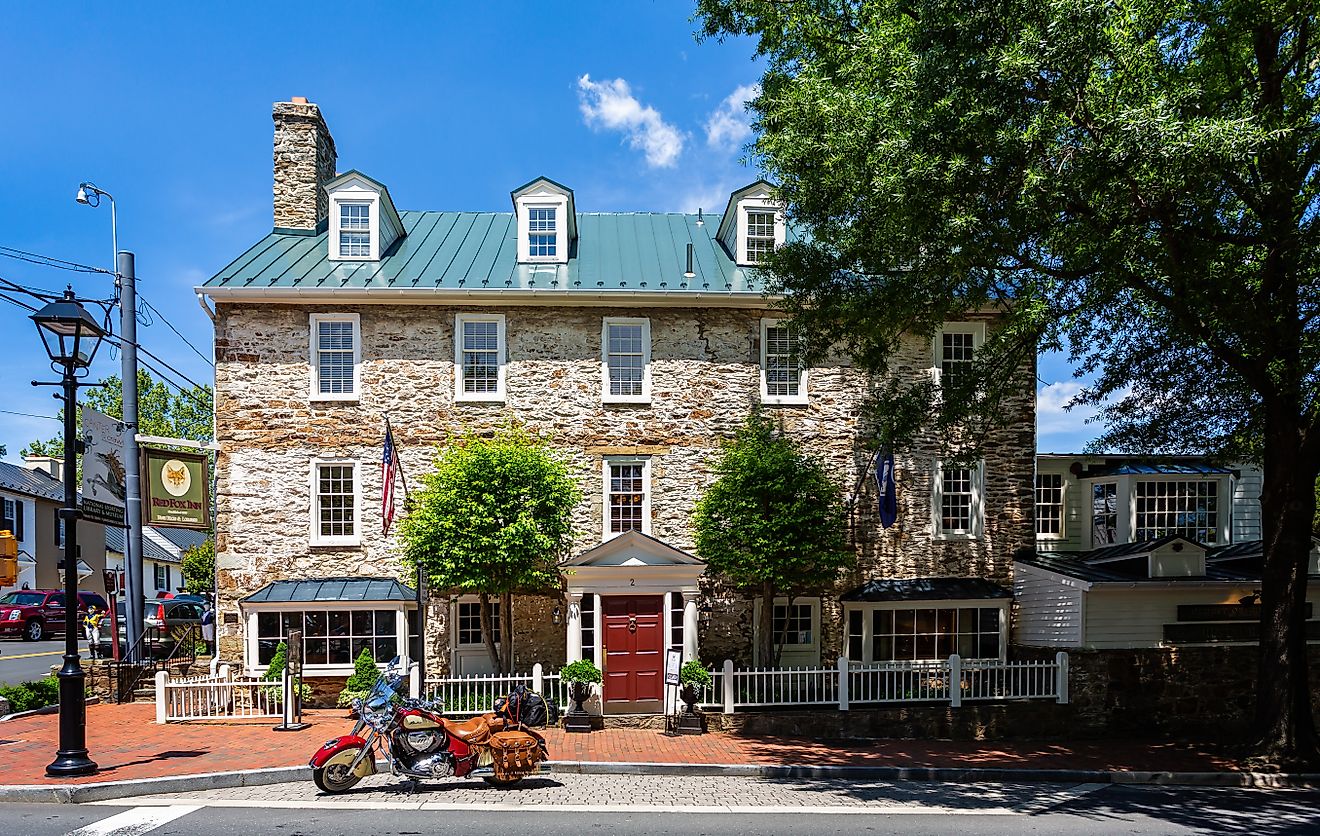
Salem, Massachusetts
Nicknamed the “city of peace” and “the witch city”, Salem is a city located in the US state of Massachusetts, one of the states that comprises the American region of New England. Today, most know Salem as the place in which the Salem Witch Trials took place. Although this was an infamous event in American history, Salem has been able to capitalize on it in order to draw tourists to the city. Salem is not, however, known just for its connection to the superstition of witchcraft. It is one of the oldest colonial settlements in Massachusetts, and is home to several historical sites.
Geography

Salem is located on the coast of Massachusetts Bay, which faces the Atlantic Ocean. Beverley lies to the north of Salem, across the Crane River. The city of Peabody is situated to Salem’s west. Swampscott is Salem’s neighbor to the south, and Marblehead can be found to Salem’s east. Salem has a total land area of 47 sq. km, of which 21 sq. km is land and 26 sq. km is water. The city is divided into four different neighborhoods: Downtown, Salem Neck, North Salem, and Southern Salem. Downtown Salem is located 24 km northeast of the state’s capital and largest city, Boston. Salem Neck is located northeast of the downtown area. North Salem is situated to the west of Salem Neck, across the North River. South Salem lies to the south of the South River, mostly along the banks of Salem Harbor.
Demographics
Salem’s population in 2020 was 43,134. This population is currently declining at an annual rate of 0.11%, though it has increased by 4.34% since the most recent census, which was done in 2010. In 1910, the city’s population peaked at 43,697. The vast majority of Salem’s residents, 79.02%, are white. African Americans make up 6.6% of the city’s population, while Asians comprise 2.51%. Salem also has a tiny community of Native Americans, amounting to 0.63% of the city’s population. The rest of Salem’s population define themselves as mixed race or other race.
Economy

The largest economic sector in Salem, in terms of number of employed, is healthcare and social assistance. For example, the North Shore Medical Center, the second biggest community hospital in Massachusetts, is based in Salem. Tourism is also a major industry in the city. Salem attracts about one million tourists each year. Many of these tourists come to see attractions related to the infamous Salem Witch Trials that took place in the city, though Salem also boasts attractions related to other parts of American history, including famous homes and museums. The city’s university, Salem State University, is the largest school in the Massachusetts state university system. Other important economic sectors in Salem include retail, accommodations and food services, and professional, scientific, and technical services.
History
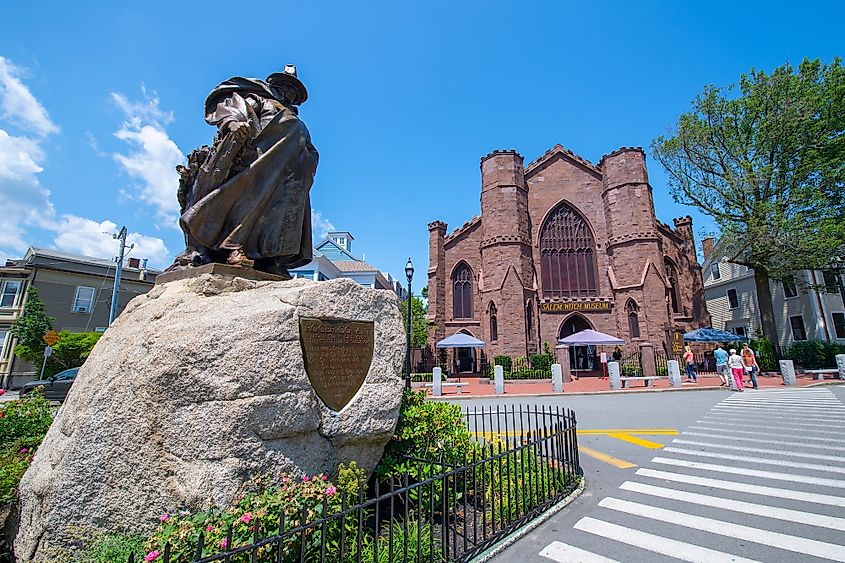
Salem was founded in 1626 by Roger Conant and a group of immigrants from Cape Ann, though it was not given a charter until three years later. Initially, the settlement was named Naumkeag, after the Native American tribe of the same name, but it was renamed Salem, which is derived from “shalom”, the Hebrew word for peace. In 1692, the event which Salem is best known for, the Salem Witch Trials, took place.
The story of the Salem Witch Trials begins in January 1692, when the daughter and niece of Reverend Samuel Parris of Salem Village became ill. Their condition did not improve, leading Salem Village’s doctor, William Griggs, to speculate that witchcraft was at play. This was a time in New England when superstition, which included believing in witchcraft, was rife. Before the actual trials began, more than 150 men and women from towns that surrounded Salem were imprisoned on charges of witchcraft.

The trials began in June 1692. Some of the preliminary questioning for these trials took place in what is known today as the Witch House. The house, built in 1675, was the residence of one of the judges who presided over the trials. By the time the Salem Witch Trials concluded, 20 men and women were put to death, while others died in prison. Just 10 years later, the trials were declared unlawful by the colonial General Court. In 1711, the colony passed a bill to compensate the living victims of the trials and their heirs. The bill also sought to restore the reputations of the accused. It was not until 1957, however, that the government of Massachusetts issued a formal apology for the Salem Witch Trials.

The people of Salem played a significant role in fighting the British during the US Revolutionary War. For example, privateers from the city commandeered and sunk 445 British ships. In 1790, Salem was the sixth largest city in the country, and the richest per capita. In 1797, the historic ship known as the Friendship was launched. This ship made 15 voyages to ports of call around the world. Today, a replica of the ship sits in Salem Harbor. The Peabody Essex Museum, the oldest continually operated museum in the country, was founded in Salem in 1799.
Salem was formally incorporated as a city in 1836, making it just the second city to be incorporated in the history of Massachusetts. In 1850, the famous author, Nathaniel Hawthorne, published the famous Scarlet Letter, which was reviled in Salem because of its depiction of the city and its people. One year later, Hawthorne published the House of Seven Gables, which helped make the local Turner-Ingersoll Mansion one of the most famous mansions in the country. Salem State College, now known as Salem State University, was founded in 1854. Another claim to fame by Salem is the first public demonstration of long distance telephony in 1877.

In 1914, a massive fire devastated Salem, rendering nearly half of its population homeless. In 1970, Salem served as a backdrop for a season of Bewitched, taking advantage of its history. Scenes from a film called Hocus Pocus were also filmed in Salem, in 1993. A memorial to the victims of the Salem Witch Trials was inaugurated in 1992, the 300th anniversary of the infamous event. In 1996, the US Congress declared Essex County, in which Salem is situated, to be a National Heritage Area in order to preserve and promote the region’s history. Further credence to Salem’s history was given in 2013, when US President Barack Obama signed legislation recognizing Salem as the birthplace of the US National Guard.
